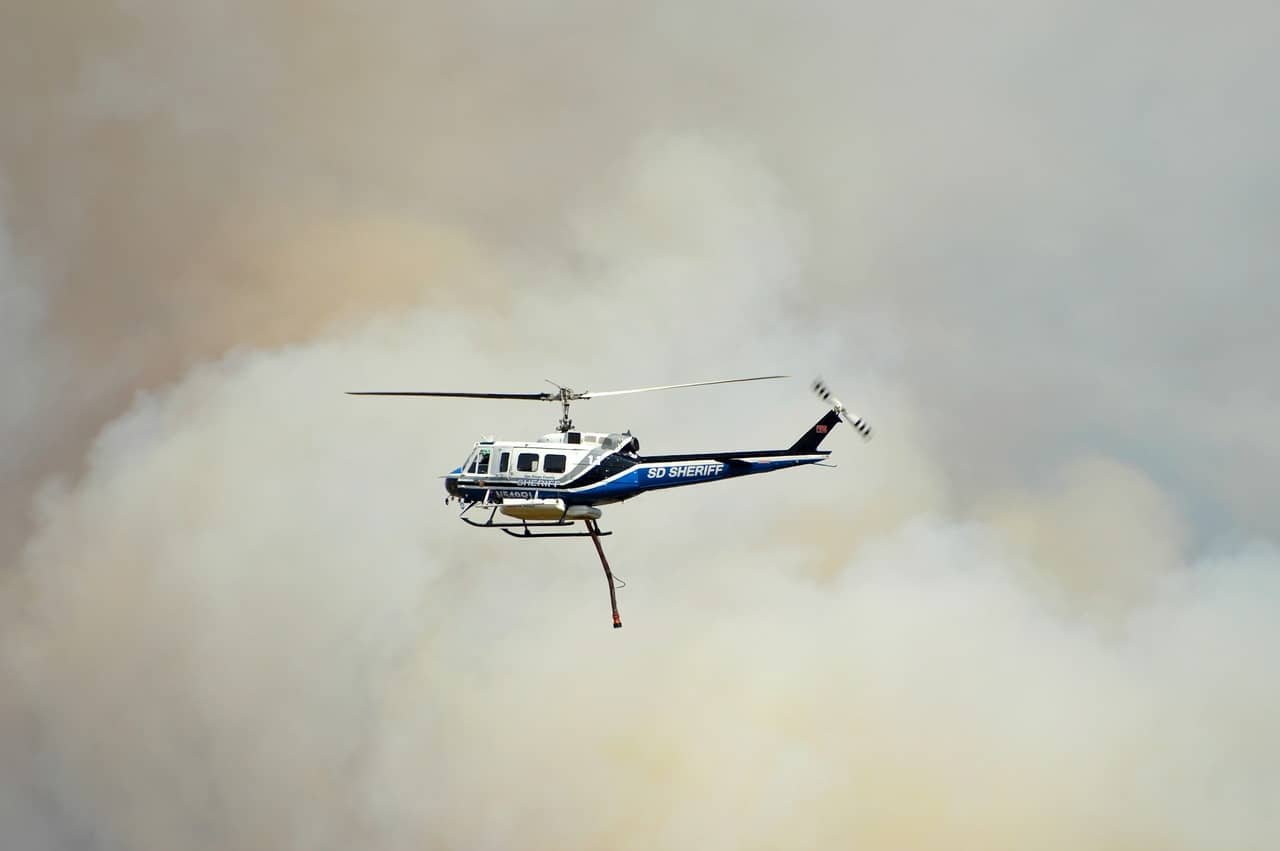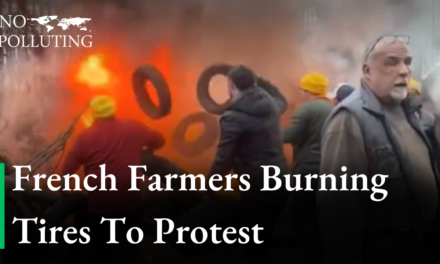A U.S. district judge in Montana has ruled that the government can continue using chemical fire retardant dropped from aircraft to fight wildfires, despite finding that the practice violates federal law by polluting streams in western states.
The ruling came after environmentalists sued, alleging that the Forest Service was disregarding the Clean Water Act by using the retardant without taking adequate precautions to protect streams and rivers.
The judge agreed with Forest Service officials who argued that halting the use of the red slurry material could have resulted in greater environmental damage from wildfires.
The coalition that includes Paradise, California, where a blaze killed 85 people and destroyed the town in 2018, had said that a court ruling that stopped the use of retardant would have put lives, homes, and forests at risk.

Wildfires across North America have grown bigger and more destructive over the past two decades as climate change warms the planet.
Government officials say chemical fire retardants can be crucial to slowing the advance of dangerous blazes.
What is fire retardant?
Retardant is a specialized mixture of water and chemicals, including inorganic fertilizers or salts.
It’s designed to alter the way fire burns, making blazes less intense and slowing their advance.
it can give firefighters time to steer flames away from inhabited areas and in extreme situations to evacuate people from danger.
The use of fire retardant has been a commonly used tool by firefighters for decades, and it has been credited with saving countless lives and homes during wildfires. However, the chemicals used in retardant can be harmful to some aquatic species, including fish, frogs, and crustaceans.
The use of fire retardants is a critical tool for firefighters in their fight against wildfires that have ravaged the western United States in recent years.
Almost 150 million gallons (567 million liters) of fire retardant were dropped on National Forest lands between 2013 and 2022, according to the Department of Agriculture.

Climate change, people moving into fire-prone areas, and overgrown forests are creating more catastrophic mega fires that are harder to fight.
The ruling by the district judge in Montana highlights the balancing act that government officials must perform when it comes to wildfire management.
On one hand, they must protect the lives and property of people living in fire-prone areas; on the other hand, they must protect the environment and the wildlife that call it home.
The decision to allow the continued use of fire retardants is controversial, but it reflects the reality that firefighters often have to make difficult decisions in the face of wildfires that threaten lives and property.










